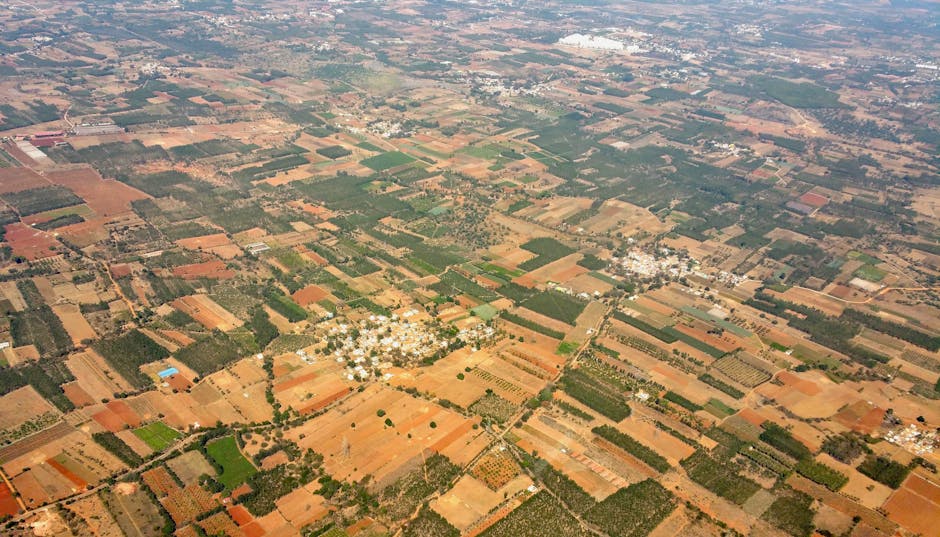
Consider the vastness required to encompass a multitude of time zones. Our intuition might lead us to picture sprawling landmasses, nations stretching across an entire continent, like Russia or Canada. These countries, with their immense east-to-west terrestrial expanse, certainly cover many meridians of longitude, necessitating multiple adjustments to the clock. Russia, for instance, spans 11 time zones within its contiguous borders, while the United States and Canada each manage 6 or more across their mainland and island territories. However, when we look at the pure number of distinct time zones a single nation observes, the answer isn’t found in these giants. It belongs to a country often characterized by its metropolitan “Hexagon,” a nation whose global reach dramatically extends its temporal footprint: France.
France, a country famed for its cultural impact and European identity, officially observes 12 different time zones, and potentially 13 if a specific Antarctic claim is included. This count dwarfs even the largest continental nations and offers a compelling insight into the intricate relationship between political boundaries, historical legacy, and the planet’s rotation. How can a European country, whose mainland is roughly the size of Texas, command such a diverse portfolio of time? The answer lies in its unique geopolitical structure and a cartographic legacy that dots the Earth with its presence.
The secret to France’s temporal dominance is its extensive network of overseas departments, territories, and collectivities. These are not merely historical footnotes but integral parts of the French Republic, each with its own geographical coordinates and, consequently, its own time offset from Coordinated Universal Time (UTC). From the sun-drenched beaches of the Caribbean to the volcanic landscapes of the Indian Ocean, and from the vast expanses of the Pacific to the icy reaches of the Antarctic, France maintains a continuous watch across virtually every quarter of the globe.
Let’s take a quick journey across some of these far-flung French locales. Starting near the Americas, you find French Guiana in South America (UTC-3), along with the Caribbean islands of Martinique and Guadeloupe (UTC-4), and Saint-Pierre and Miquelon off the coast of Canada (UTC-3). Moving eastward towards the Indian Ocean, the island of Réunion and Mayotte observe UTC+4. Further east, in the vast Pacific Ocean, the islands of New Caledonia and Wallis and Futuna mark time at UTC+11 and UTC+12 respectively, while French Polynesia stretches across multiple zones, primarily UTC-10 and UTC-9:30 for its Marquesas Islands. Each of these represents a distinct fragment of French sovereign territory, requiring its own local time.
The system of time zones itself is a human construct designed to standardize civil time within regions, making daily life and communication manageable across a rotating Earth. Historically, localities simply observed local apparent solar time, leading to minute differences from town to town. With the advent of railways and rapid communication in the 19th century, this localized approach became impractical. The International Meridian Conference in Washington, D.C., in 1884, established the Prime Meridian at Greenwich, England, and divided the world into 24 standard time zones, each approximately 15 degrees of longitude wide, equating to one hour of difference. While this framework provides a scientific basis, national and political boundaries often dictate the actual zones observed, leading to deviations from the strict 15-degree rule. This is precisely what we see with France, where political decision-making has extended its clock-keeping reach far beyond its European mainland.
The complexity of managing a country that spans such an extraordinary range of longitudes is considerable. Imagine the logistical challenges of coordinating national events, administrative deadlines, or even simply telecommunications when your citizens are simultaneously experiencing morning, noon, and the dead of night. While modern technology helps bridge these temporal distances, the underlying reality is that Paris is constantly connected to departments and territories where the sun is either rising, setting, or directly overhead. This unique geographical spread makes France an intriguing case study in the practical application of global timekeeping.
Comparing this with other multi-time zone nations highlights France’s distinctive approach. Russia’s 11 zones are primarily a function of its immense east-west landmass across Eurasia. Similarly, the United States’ 6 or more zones (including Hawaii and Alaska) cover vast contiguous territory and distant island states. Australia, with its three standard time zones on the mainland and additional zones for its island territories, also illustrates the impact of horizontal extension. France, however, presents a different model: a metropolitan core linked by history, language, and governance to dozens of geographically disparate points, each a unique piece of the global time mosaic.
This extraordinary geographical footprint is a direct legacy of France’s colonial history, with many of these territories maintaining their ties to the European mainland through various forms of integration. It serves as a subtle, yet powerful, reminder that even in an increasingly interconnected world, national identity and governance can transcend traditional continental borders. The “landscape” of a country isn’t just contiguous land; it can be a scattered, oceanic network, requiring an equally scattered arrangement of clocks.
Ultimately, France’s position as the country with the most time zones offers a fascinating lens through which to view global geography. It challenges our conventional understanding of what constitutes a “country” and how its boundaries, both political and temporal, are drawn. It underscores that the lines we draw on maps, and the numbers we assign to our clocks, are not merely arbitrary; they are reflections of history, politics, and the relentless rotation of our planet. So, the next time you glance at a world map, consider the unseen temporal tapestry that binds a nation like France, stretching from its European heartland to the farthest reaches of the Earth.